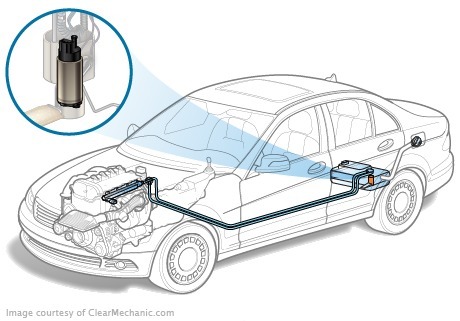
The low pressure pump is fuelling the fuel from the tank to the fuel equipment. The pressure created by the pump depends on many factors, but above all from the type of injection system. Low-powered mechanical pumps shall be used in the carburettor engines. In petrol injection systems, more powerful electrical pumps are used. In diesel engines, the pump only delivers fuel to the TDDP. mechanical fuel pump design
mechanical fuel pump design
The mechanical fuel pump used in the engine design with the injection system is fixed to the cylinder block or the propeller's head. In most cases, the membrane design shall be used for the fuel feed. The pump is attached to the pump in the movement of the crankcase with a special eccentric crate. This cuckoo put pressure on the shock that squeeers inside the membrane of the membrane.
Mechanical fuel pumps provided a system of manual fuel for drying the system after a long parking lot
When the inner chamber of the pump is pressed, the volume of the pump is reduced and when it is increased again, the petrol is absorbed into the chamber. For fuel not to flow back, the gas supply pipe is equipped with a non-return valve. When another pressure is pressed, the fuel is released through the injection tube and is fed into the carburetor, and a new portion of the pipe is entered into the chamber. The pressure in the supply line may be adjusted by installing a more or less rigid spring, but for structural reasons it cannot be high (due to the limits of the rigidity of the spring being limited to the elasticity of the metal from which it is made).
What was the need to switch to the electrical pumps?
With the advent and spread of electronics-controlled injection systems, the use of mechanical pumps has become inadvisable. The fact is that the fuel line of the injection systems should be pressurized to a higher pressure and cannot be achieved by a mechanical diaphragm pump. In the trunk line of the injection system, there is a need to maintain a constant fuel pressure from 1 to 5 bar for the smooth operation of the nozzles. In addition, the flow of fuel supplied by the mechanical pump by the cyclic operation has had a significant pulsation. If the fuel injected into the injection system in this mode, the injectors would have experienced a periodic fuel fasting which would have caused the engine to malfunction.
Design of the electrical fuel pump
The modern electric fuel pump consists of two parts-the transmission and the pump. The power of the drive is overwhelmingly an electric motor.
In the fuel systems of many modern cars, for example, a number of Peugeot models, the fuel filter is integrated into the pump and changes with it
Both parts are placed in a single metal shell. The pump assembly is generally combined into a single fuel cell with a flow sensor, a fuel filter and a fuel pump. Most modern vehicles use submerged pumps and the fuel module is embedded directly in the tank.
The most commonly used fuel system is the three main pumps: roller, gear, and centrifugal pumps.
TNG and safety
At first glance, the location of the electrical fuel pump in a fuel tank filled with fuel seems to be at least strange. However, there are a number of significant advantages, including fire safety, in such a location.
The main problem of the fuel lines during the period of distribution of the mechanical pumps was the boil-off of fuel driven by the engine. This problem has been solved in electrical pumps. The boiling point of the fuel under pressure is increased, and the constant flow of petrol moving along the line is not heated so strongly.
Fumper of the fuel pump system is part of the standard set of anti-theft equipment
The pump placed in the tank is at the maximum possible distance from the engine and cooled by the petrol to which it is loaded.
All components of the pump, including the electrical wiring of the pump, are in constant contact with the fuel. Petrol has high electrical resistance, which prevents short circuits, so if the fuel tank is permanently installed in the fuel tank, this installation is safe. In the case where the pump is not fully loaded in the petrol, it is possible to overheat it and even fire vapor in the short circuit. However, due to the effect of flammability limit, the bulk of the fuel in this case cannot be lit.
Fuel pump management
The fuel pump operation shall start at the time of activation of the relay immediately after ignition of the engine before the engine is started. This is necessary to create pressure on the main line before the launch. In modern engine management units, the relay function is realized even if the ignition is on and the engine is running. This may occur, for example, in the event of a collision. In the case of a car revolution, for example, the fuel pump shall be switched off immediately, at a special valve signal, if the pump is in a different position relative to the ground, thereby preventing the occurrence of a fire.
In addition to this function, the control unit may be able to switch off the fuel pump if the engine oil pressure drops (which may result in a rapid overheating of the cylinder and fire).
Low pressure pump in diesel fuel delivery system
Electric pumps are also used in diesel-fuelled vehicles. In modern systems, they are called subpumping pumps and are used for the supply of fuel under relatively low (usually not more than 5 bar) pressure to the intake area of the TDP.
Often the pump is integrated with the high pressure fuel pump. DWPD, as the DDD needs a continuous flow of fuel in the suction part for continuous stable operation in any mode.







